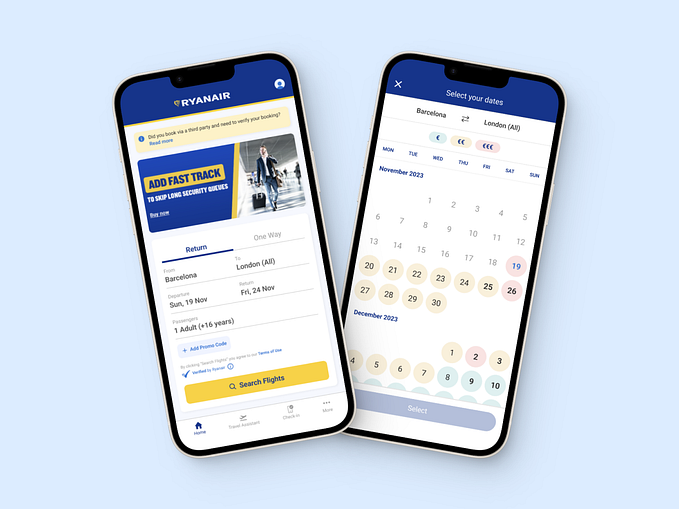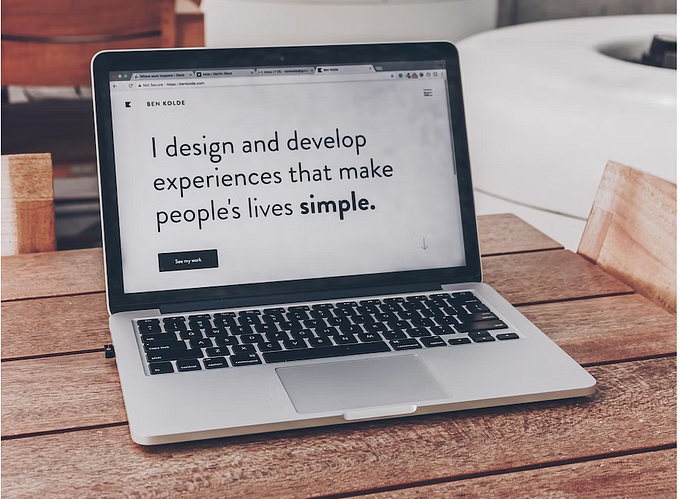
UI/UX Articles and Interesting Tidbits of the Week
June//7//2024
Here are some interesting finds on UI/UX of the week!
1.
User Frustration. Another relevant article hailing from the Pendo blog, this article by author Jennifer Peterson focuses on the issues surrounding User Frustration, and the impact it can have on the longevity of product experiences, businesses (big and small) and the overall evolution of teams themselves. It’s of course an article that tilts and advocates for the need for a better understanding of user behavior (something Pendo allows and obviously provides in terms of insights and analytics), but it ultimately makes its point very clearly: creating long lasting solutions means truly listening and understanding users and what they’re expectations and actual tasks are. Otherwise you’ll eventually end up down the rabbit hole of delivering solutions for yourself, or even worse, solutions that are unusable. Highlight of the article includes:
“Frustrated users are the hidden killer behind so many bad outcomes. For customer-facing software, it’s behind the startup that gets amazing early traction, then stalls. Or that new offer people love, but leave. Or the disappointing uptake of that new feature. For employee software, user frustration is behind that inefficient team. Or the month-end reporting that’s always late. Or the failure to spot manufacturing defects before it’s too late. In short, user frustration attacks everything we’re trying to accomplish. It’s the hidden digital penalty and it’s surely one of the most expensive problems in business.”
2.
Optimizing Research to Navigate Business Uncertainty. Worthwhile article from the Qualtrics blog, focused on the topic of investing in Research during times of economic upheaval. The article by Topher Mitchell touches upon very pertinent aspects such as uncertain markets forcing a better understanding of users/clients, as their behaviors may change, precisely due to these challenges. The article provides insightful recommendations on creating a strategy and financial models to support an investment in research, alongside other considerations such as the return on that investment, and how to leverage those insights into the proposed roadmap ahead. Worth reading through and reflecting upon. Highlight of the article includes:
“With perfect information, decisions are easy. But when you are working with variables like the size of your target audience, how much customers will spend on your products, and the cost to serve them, perfect information does not exist. Even in that one sentence, we touched on several noisy but key variables like media costs, the salience of your advertising, the loyalty of your customers, competitor behavior, interest rates, consumer demand, and more. If customers are less loyal than expected, you may overpay on acquisition and erode profit margins. If your advertising is less salient than previous campaigns, you may reach fewer customers. Alternatively, if your customers are more loyal than projected, or your advertising strikes a nerve, you may regret not investing more in a campaign.”
3.
Hidden Benefits from Using Surveys. Another article from the dScout blog, this one hailing from author Laurel Brown, on the topic of Surveys. As the author states, surveys have the benefit from being able of capturing both quantitative and qualitative data, on top of being a technique that can be an object of training, as opposed to interviewing, which can be at times far more challenging. The article addresses surveys misconceptions, while also presenting quite a few benefits, namely streamlined analysis, efficiency, and less oversight needed, to name but a few. Worth reading through. Highlight of the article includes:
“You might worry that responses will be too considered in a survey, instead preferring the spontaneous nature of interviews. Surveys give respondents space to think and reflect, which may be a pro or a con depending on your goals. The great thing about surveys is that you can do both. You can design questions that ask for their gut reactions without putting too much pressure or thought into their answers, in addition to questions that allow them to respond thoughtfully. If you want to get quick first impressions, ask for them! One useful approach for this is using a short open-end. You can ask participants to describe first impressions in three words, then you can ask a long open-ended follow-up to allow them to expand more on why those words came to mind.”










